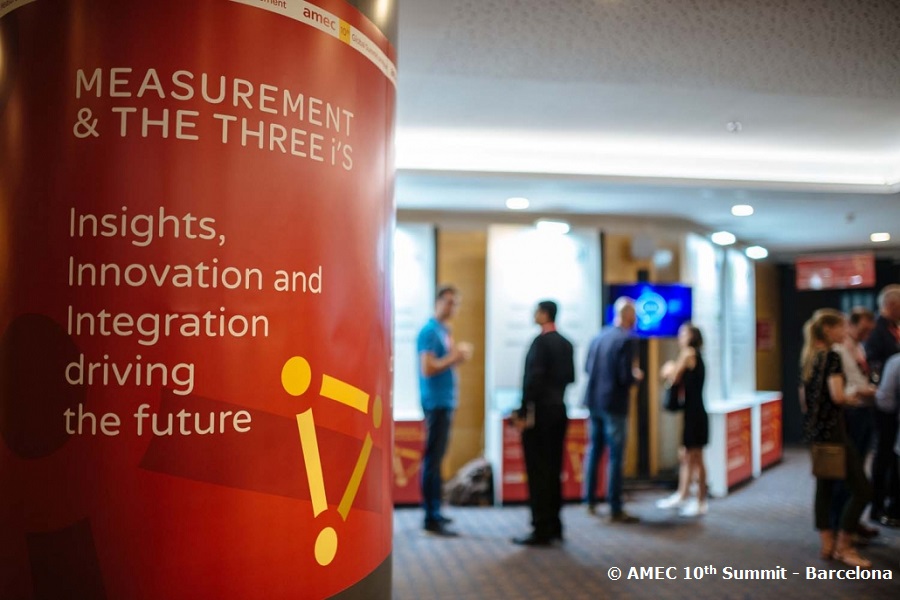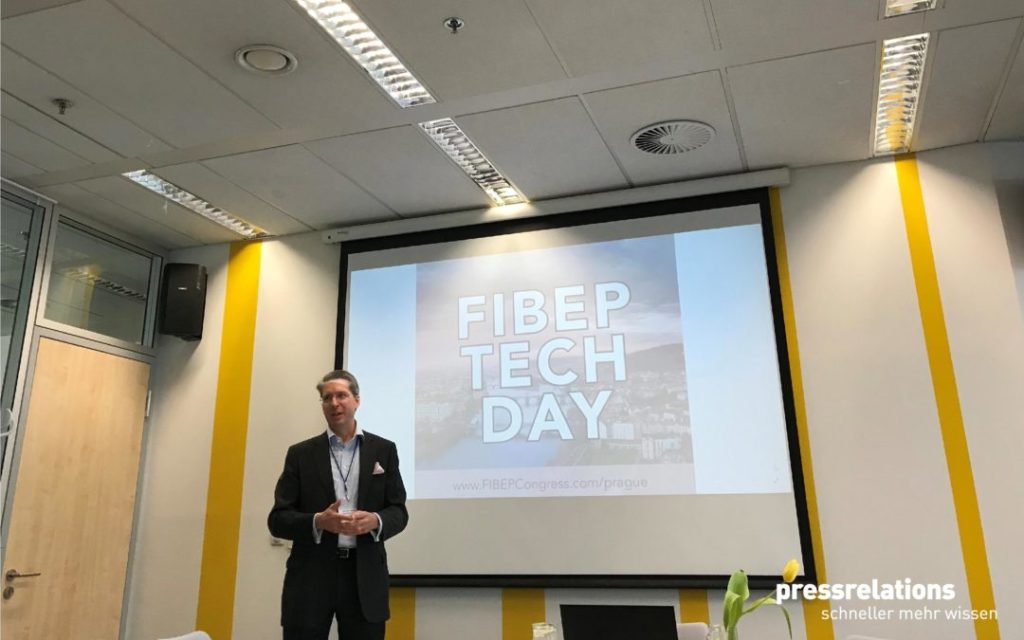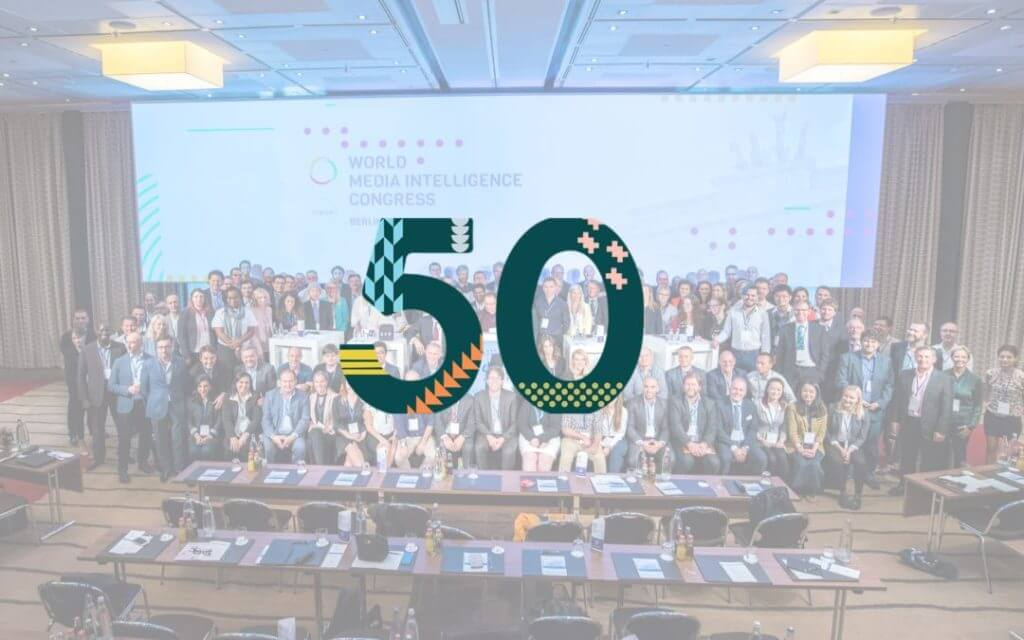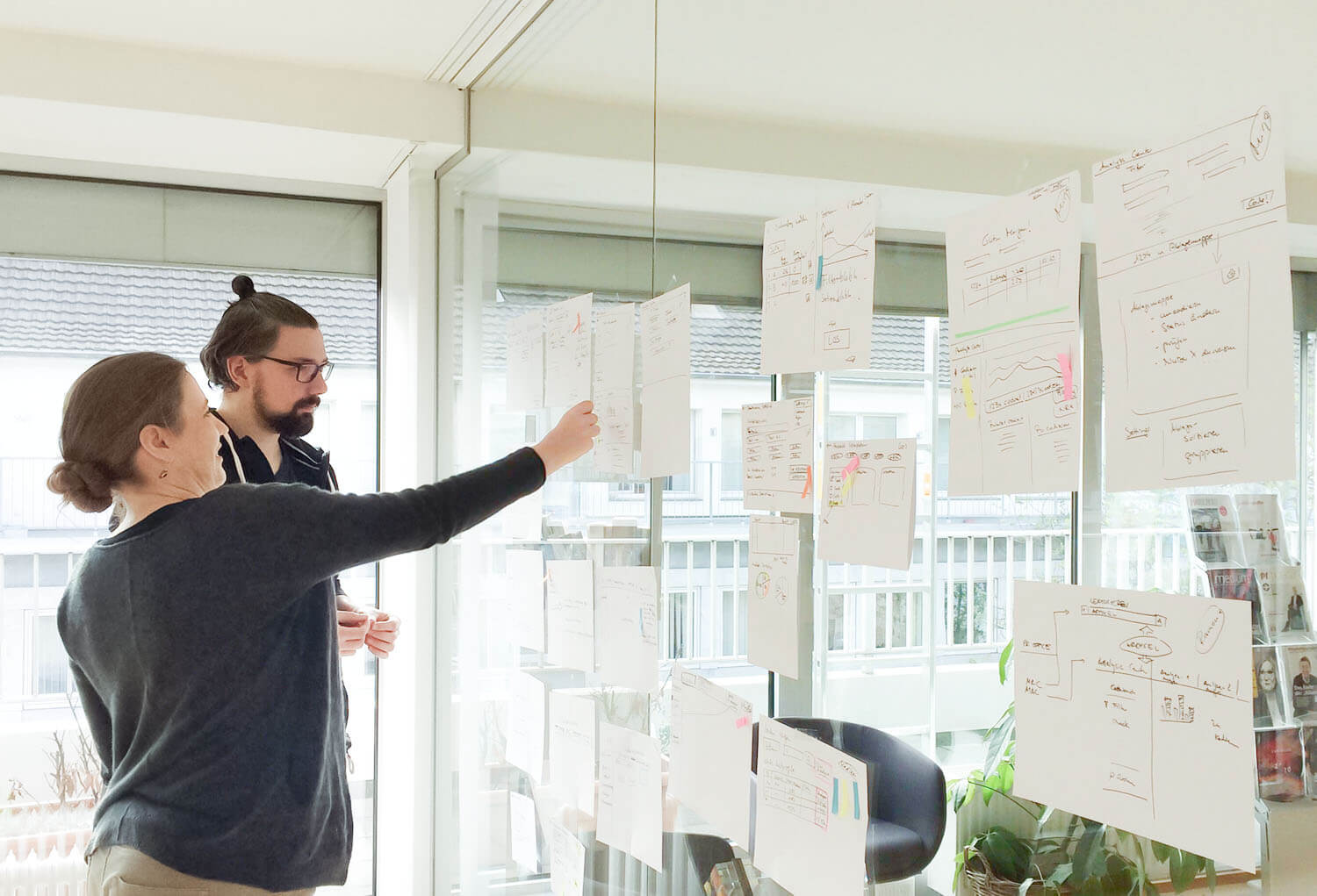On this exclusive interview Rayna de Lange – CEO of DeLange Analytics, entrepreneur, consultant and an analytical mind – shares her views on this years AMEC summit, its findings and future challenges.
Rayna, from your perspective, what are the most important findings from the Summit and how do you believe they will affect the way analysis services are structured?
The slogan of this year’s summit was Insights, Integration, Innovation driving the Future, quite of a promising start. Because we, the professionals in communications research, measurement and evaluation, need to talk more about the future (not the past) of our industry. And not just generally discussing how crucial AI/technology is for us, but going into specifics – how we gather and analyse data from various sources in order to solve our client’s business issue, how we build teams able to perform the new types of analyses we make, predictive analyses, blockchain, etc…
Therefore, I particularly liked Acceso CEO Sergi Guillot’s summit opening speech on the need of integrating more disciplines and constantly adapting our methods, Microsoft’s Comms Insights Sr. Director Jamin Spitzer speaking about innovation in evaluation from data all the way to forward-looking possibilities, Prof. Jim Macnamara and Achmea’s Madelon Engels presentation about data integration, behavioural psychology and behavioural insights, diving into analysis projects’ structure, process and advanced methodologies.
Those are no new topics for all of us – Prof. Jim Macnamara has been showing us data collaboration, focusing not only on media content but on any other data available, for years. Yet, this year more and more people were talking about (and actually doing studies) integrating different data sets – such as social media posts, surveys, CRM data, website analytics, financial figures, etc. – to resolve a business case or meet a certain objective. This is a good evidence that those trends already have an impact on our every-day work.
Another key takeaway for me (which I will be looking forward to testing) is AMEC’s new M3 Measurement Maturity Mapper, a tool designed to help practitioners decide how to develop their evaluation programme to enhance organisation impact. As AMEC’s most important mission is education, I think we should be talking more about how we can help comms professionals, analysts and researchers, not only about why measurement and evaluation is important. Therefore, this new initiative by Survey Solutions’ Colin Wheeler, Impact Research & Measurement CEO Aseem Sood, Cision’s Paul Hender and FleishmanHillard’s Ben Levine represents a very interesting opportunity both for evaluation and comms professionals.
The digital transformation in communications is also changing the requirements for communication research and measurement. Which changes in measurement methods, data and technologies, for example, were presented and discussed at the 10th AMEC summit?
Yet another year we saw in AMEC’s annual survey that AMEC members prioritise the impact of technology as a key challenge – the majority say they believe the only way to compete and progress is via investing in AI/machine learning. In my opinion, however, at our industry events we still do not touch upon specific topics under this general AI/machine learning theme, neither on what’s AI impact on other industries and professional societies, something we can learn from.
Having said that, I believe all delegates enjoyed the panel on impacting businesses through advanced data analytics led by News Group’s Mazen Nahawi, Brandwatch CEO Giles Palmer, Talkwalker’s Christophe Folschette, Google’s Baptiste Tougeron and Adobe’s Susanne Sturton which proved to be one of the highlights in Barcelona.
How all that changes requirements for communications research and analysis? I would say it depends on the business case we have to resolve, because we choose the tools and build the methodology for a specific project dependable on what answers we are looking for. More generally speaking, having so many various technologies on the market brings the challenge of building teams of people with very different backgrounds – people who are not only able to work with the tools, but work with each other, create project methodologies and translate the results to clients.
AMEC has been fighting against the AVE for years and even started a campaign last year against it. From your point of view, is the AVE abolition the top issue that AMEC should tackle or would you say that other aspects should be considered first by the association?
I recognise AVEs is an issue but to me it’s more of an issue for the big established players in our sector rather than for the new companies. We, at DeLange Analytics, focus on completely different metrics and analysis techniques – we don’t have standard methodologies and build our projects as to answer specific business questions. We work with digital content, tools and human insight, so logically, we never had a client request for AVEs, this is why for us this is no issue. I believe that’s the case for many other innovative agencies.
Actually, I felt the talk on AVEs faded away this year in Barcelona. Perhaps, the robust digital transformation around us will very soon make this issue obsolete by itself, so the industry will not need to waste time and efforts fighting something so outdated.
The AMEC’s awards are one of the Summit highlights. Considering the awarded prices, was there a dominance of a specific region, company or agency e.g., Anglo-American analysis service providers, at the ceremony? Why would you say that such phenomenon happens?
AMEC Awards were once again dominated by the big players in our industry – iSentia, Cision (incl. Prime Research), CARMA were the big winners. This makes sense because you need to put a lot of time and resources in order to prepare an award-winning study, time and efforts which smaller firms are often not ready to invest. However, to me the positive surprise this year were winning companies coming from all over the world like Buho, Klipping (Newton Media company), Monalyse, Infomedia – an evidence that good projects are happening everywhere and in any languages, and their creators are confident enough to search for international recognition for their work. Therefore, I would say, no matter that the biggest winners were Anglo-American-Australian, this should not be seen as a sign that only these regions can offer innovative and comprehensive evaluation services.
I personally look forward to reading all award-winning studies on AMEC website some time soon because no matter where they come from, they are all a great knowledge-sharing resource.
About Rayna de Lange
Rayna de Lange, CEO of DeLange Analytics, an independent all-around research and analytics agency, is an entrepreneur, consultant and analytical mind. Rayna was one of the founders of Perceptica Media Analytics and head of the global media evaluation business of A Data Pro. She is an author and mentor of numerous business strategies and projects in the media intelligence field. Rayna has been actively working to help the industry advance as a Chair of AMEC’s College and Education group, part of AMEC European Leadership Team and a member of AMEC’s Social Media Measurement group, which sets the standards for social-media analysis worldwide. Rayna has also been a guest lecturer on communications measurement and evaluation in several universities.
De Lange Analytics
We are an independent all-around research and analytics agency which boasts a full-circle of media and communications evaluation services. We quantify communications andsocial-media effect on business, or ROI in communications. We blend data and the art of analysis to yield insights that make business value visible. We use technologies and human brain to find out what people say online and offline. We apply this knowledge to help improve communications strategies, market positions and products, and ultimately fuel smarter business decisions.






